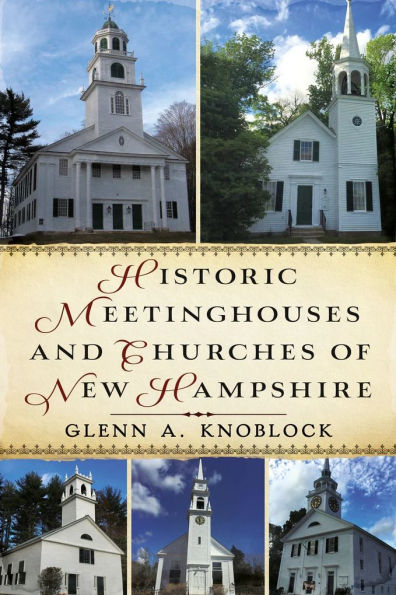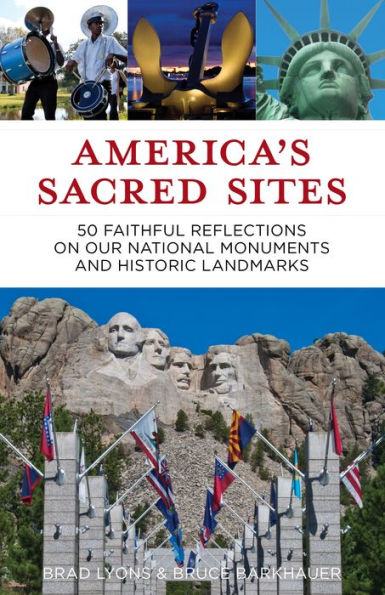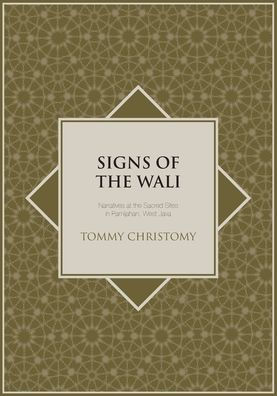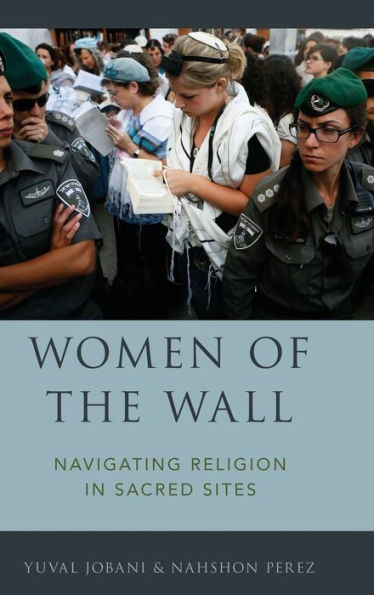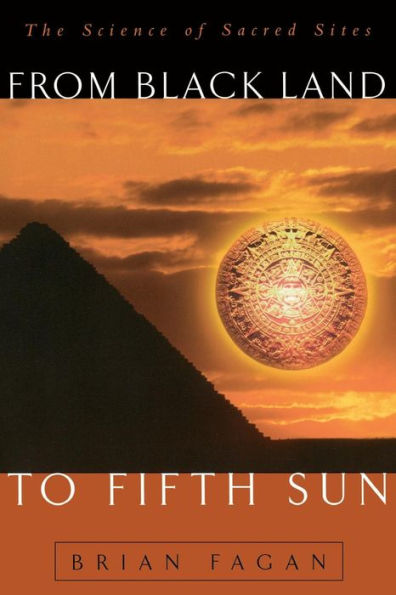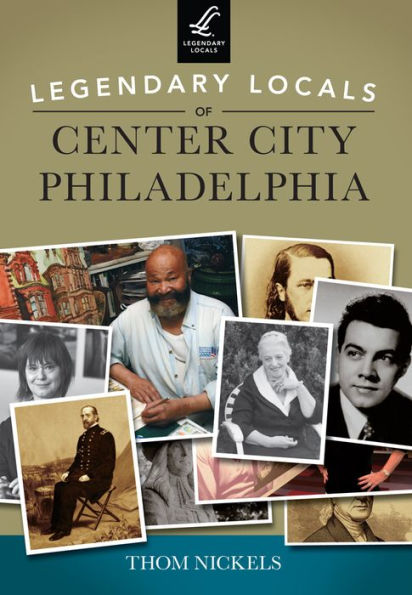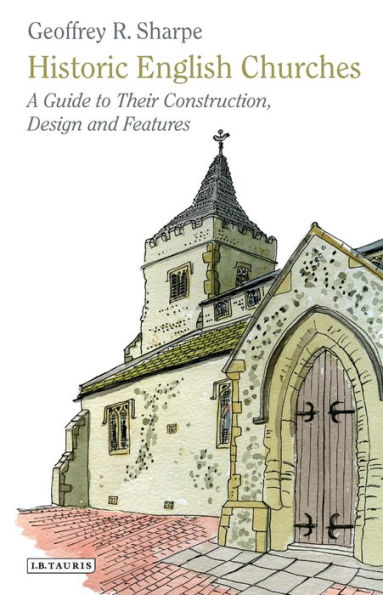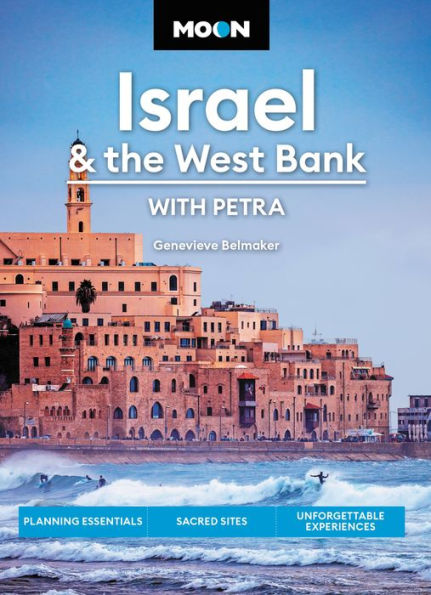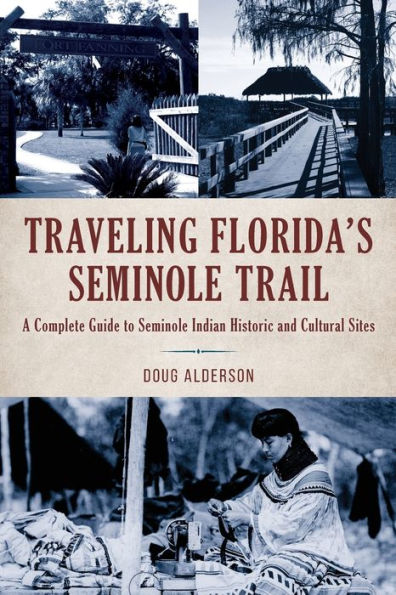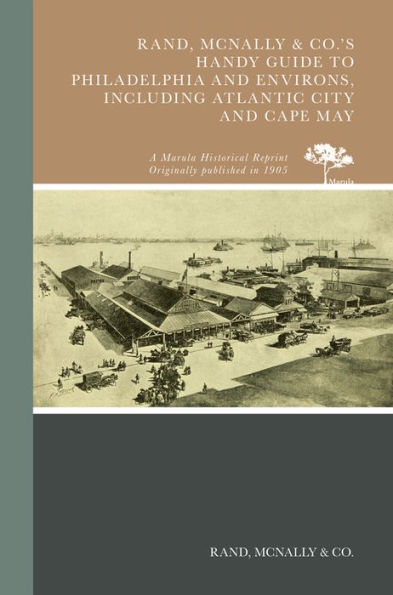Home
Sacred Sites of Center City: A Guide to Philadelphia's Historic Churches, Synagogues, and Meetinghouses
Barnes and Noble
Sacred Sites of Center City: A Guide to Philadelphia's Historic Churches, Synagogues, and Meetinghouses
Current price: $9.95
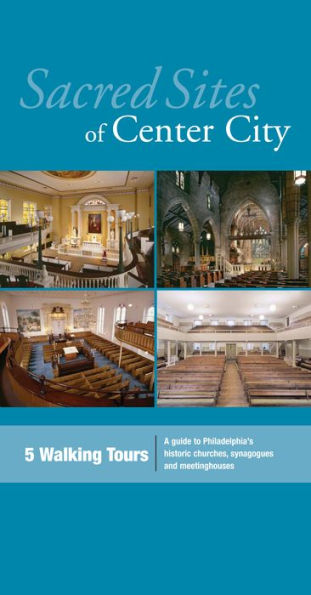

Barnes and Noble
Sacred Sites of Center City: A Guide to Philadelphia's Historic Churches, Synagogues, and Meetinghouses
Current price: $9.95
Size: OS
Loading Inventory...
*Product information may vary - to confirm product availability, pricing, shipping and return information please contact Barnes and Noble
Center City Philadelphia contains a concentration and diversity of religious places unmatched by any other area of similar size in the country.
Sacred Sites of Center City
describes the history and architecture of these landmarks. The guide includes color photographs of each building and offers five walking tours that enable the visitor to experience the neighborhood environments in which these distinctive properties are located. Two churches located in the commercial shopping district are also included.
William Penn described the founding of the colony of Pennsylvania in 1682 as a "holy experiment." Central to that experiment was freedom of worship for all religions, something unavailable in any other part of the British Empire at that time. Penn hoped that tolerance of religious differences would lead to a society in which all individuals, of all backgroundsincluding the local Native American populationwould be able to live in peace and harmony. This was the second aspect of his holy experiment.
The opportunity for freedom of worship encouraged people of many different faiths to come to the Philadelphia and construct places of worship. Many early settlers were, like Penn, members of the Religious Society of Friends (Quakers), but Anglican, Catholic, and various Protestant churches, and Jewish synagogues quickly joined the Quaker meetinghouses. As the growth of the city moved south and then west from its original settlement in what is now called Old City, religious congregations followed, erecting larger and more sumptuous religious structures.
These buildings stand as landmarks in every section of Center City to remind us of Penn's vision.
John Andrew Gallery
has been a member of Philadelphia's community development and historic preservation community for close to fifty years. From 2002 to 2013, he was Executive Director of the Preservation Alliance for Greater Philadelphia, where he advocated for the city's historic built environment. He is the author of
Philadelphia Architecture, A Guide to the City
, and
The Planning of Center City Philadelphia
, also available from Paul Dry Books.
Sacred Sites of Center City
describes the history and architecture of these landmarks. The guide includes color photographs of each building and offers five walking tours that enable the visitor to experience the neighborhood environments in which these distinctive properties are located. Two churches located in the commercial shopping district are also included.
William Penn described the founding of the colony of Pennsylvania in 1682 as a "holy experiment." Central to that experiment was freedom of worship for all religions, something unavailable in any other part of the British Empire at that time. Penn hoped that tolerance of religious differences would lead to a society in which all individuals, of all backgroundsincluding the local Native American populationwould be able to live in peace and harmony. This was the second aspect of his holy experiment.
The opportunity for freedom of worship encouraged people of many different faiths to come to the Philadelphia and construct places of worship. Many early settlers were, like Penn, members of the Religious Society of Friends (Quakers), but Anglican, Catholic, and various Protestant churches, and Jewish synagogues quickly joined the Quaker meetinghouses. As the growth of the city moved south and then west from its original settlement in what is now called Old City, religious congregations followed, erecting larger and more sumptuous religious structures.
These buildings stand as landmarks in every section of Center City to remind us of Penn's vision.
John Andrew Gallery
has been a member of Philadelphia's community development and historic preservation community for close to fifty years. From 2002 to 2013, he was Executive Director of the Preservation Alliance for Greater Philadelphia, where he advocated for the city's historic built environment. He is the author of
Philadelphia Architecture, A Guide to the City
, and
The Planning of Center City Philadelphia
, also available from Paul Dry Books.
